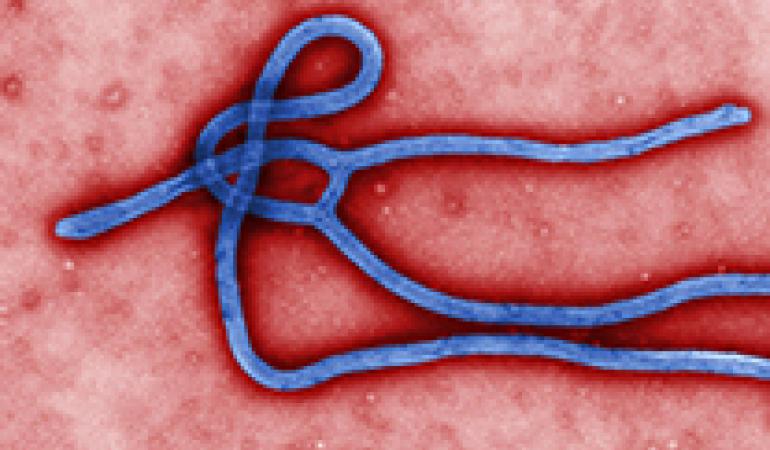
On 22 September, following the request of the General Practitioner, a patient was transported to the Radboudumc in order to undergo further medical assessment. The patient had visited an area where according to the WHO Ebola virus transmission occurs and developed disease symptoms upon return to the Netherlands. This assessment is not unique. Over the past weeks a few other patients who developed disease symptoms after returning from an Ebola risk area have been assessed. Such patients are examined in an specially equipped isolation room.
Healthcare personnel of the Radboudumc is prepared and trained for the care of patients with (a suspicion of) Ebola. During the nursing of these patients, there is no risk of contagion for visitors, employees or other patients.
Ebola
Ebola contamination is possible only through direct contact with
a patient, during which the virus is transferred via body fluids
(such as blood, saliva, or sweat). An Ebola outbreak is controlled
by quickly recognising and separating (isolating) patients to
prevent new contaminations. Anyone who has been in contact with a
patient (without protection) is monitored for three weeks to see
whether they become ill too. If so, they are immediately admitted
to hospital, where they are nursed separately from other patients.
RIVM
and the Community Health Service map all of a patient’s contacts,
whose health is also monitored.